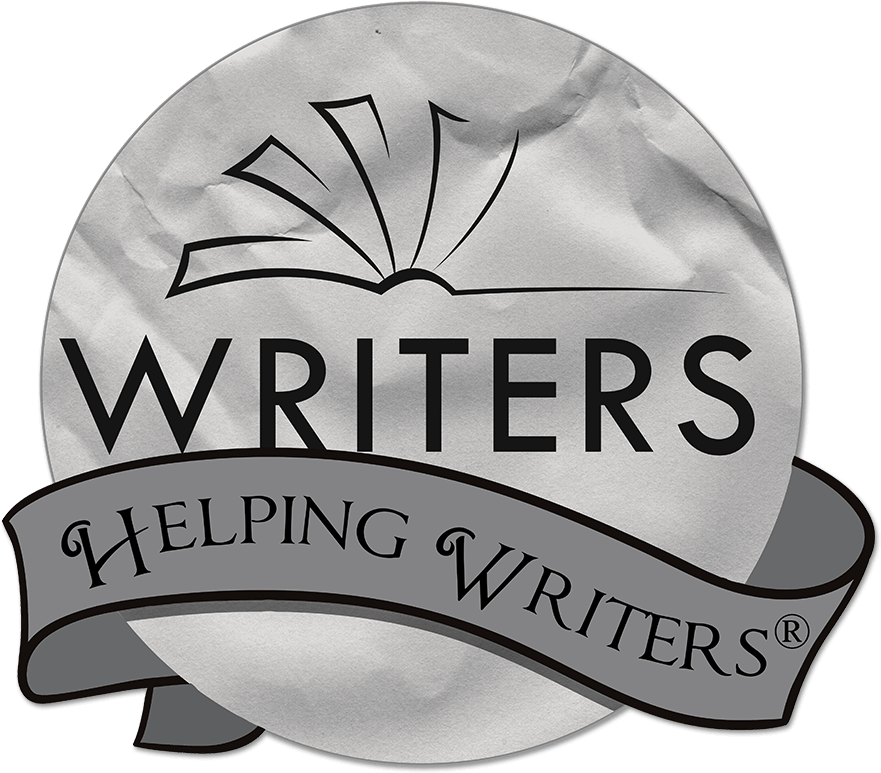Basic story structure is, well, the foundation of story structure.
Rising action.
Climax.
Falling action.
You've heard me talk about it all before.
And if you've followed me for a while, you likely know how I view this shape as a fractal, with smaller versions that exist inside it. One for each act, one for almost every scene.
But today I want to share some alternative--or perhaps rather, additional--ways of looking at this shape.
I say "additional," because I tend to think of this shape in all these ways at once.
And it's been really helpful for me to have all of them.
These didn't originate with me.
I'm not sure where these views originated. Or maybe multiple people realized each one.
In any case, let's get to it.
So, in the foundational view of story structure, we see the rising action as the escalation of conflict, and the falling action as that conflict subsiding.
Another way to view this climb and fall is the build up of tension, and then the release of it.
It's so simple, it almost seems like it doesn't matter to view it this way.
But I think it's helpful to keep in mind, when this shape is repeating.
Tension. Release. Tension. Release. Tension. Release.
That's the sort of flow we are going for.
Of course, the release may not literally be a release of all tension--and if it is, it's probably THEE falling action of the whole narrative arc, the last falling action.
And realistically, the rising action isn't always about tension. Just as it's not always about conflict. Sometimes it's just about getting nearer to that turning point, the peak (the climax).
But it can be helpful to view it as the rise of tension.
And by the way, tension and conflict aren't the same thing.
Conflict is problems happening.
Tension is the potential for problems to happen.
They often go hand in hand, but it's possible to have one without the other.
So usually, not only is the conflict escalating, but so is the tension, meaning there is greater and greater potential for more problems to be happening.
But don't hurt your brain over it.
Some people just find it particularly helpful to view this as the build of tension, and the release of it.
That's it.
Another way to view all this . . . is the rising action is where the character takes action, and the falling action is where the character reacts. I talked about this recently in my post on writing (lots of) interiority.
Ideally, the character has a goal, and is taking action to get that goal. We climb to the turning point, the peak, the climax, and then the character reacts to whatever just happened.
Action. Reaction.
So that's another way to view it.
Action. Reaction. Action. Reaction. Action. Reaction.
On the scene level, we may say that this reaction overlaps with what Swain calls the sequel, if you are familiar with that term. First the character reacts emotionally, and then logically. Why? Because that is the way the human body and mind work.
Often the bigger the turn, the bigger reaction.
So the turn of an act is bigger than that of a scene, so it often merits a bigger reaction. If your protagonist just saw her best friend killed at the act's turning point, then she'll likely have more reaction there than a scene that turned on your character finding her long lost raincoat. Big turns are for acts. Smaller turns are for scenes. (Generally speaking.)
With that said, some stories, some genres, and some writers cut the falling action short. This puts more emphasis on the action part of the shape. The character reacts just enough to validate they feel and/or think something, and then jump back into action.
This is often one of the differences between plot-driven fiction and character-driven fiction.
In very plot-driven fiction, like in a thriller, the falling action (the reaction) gets cut short.
In very character-focused fiction, the falling action may get lengthened, so that we spend extra time seeing how what happened impacted the character emotionally and mentally.
Whatever the case, we can weave all these views together to create, what I feel, is a really helpful view of basic structure.
The character has a goal and takes action toward it, but he is met with resistance (an antagonist), which creates conflict and likewise increases tension; this leads to an escalating climb.
Eventually this climb hits a peak, a turning point, a climax, where (simplistically speaking) the protagonist or antagonist succeeds.
This means tension releases (at least to some degree), and conflict subsides (if only temporarily), and this is the time when the character reacts to whatever just happened.
Ideally, whatever just happened carried meaningful consequences, and so the character is reacting to that and trying to figure out what to do next.
Eventually he figures it out, and gains a new goal, and starts a new climb.
And the story goes on, as the structure repeats.
So, not too complicated of a topic today, but still one that's useful enough to cover in its own post.
I hope you find this as helpful as I do.



























0 comments:
Post a Comment
I love comments :)